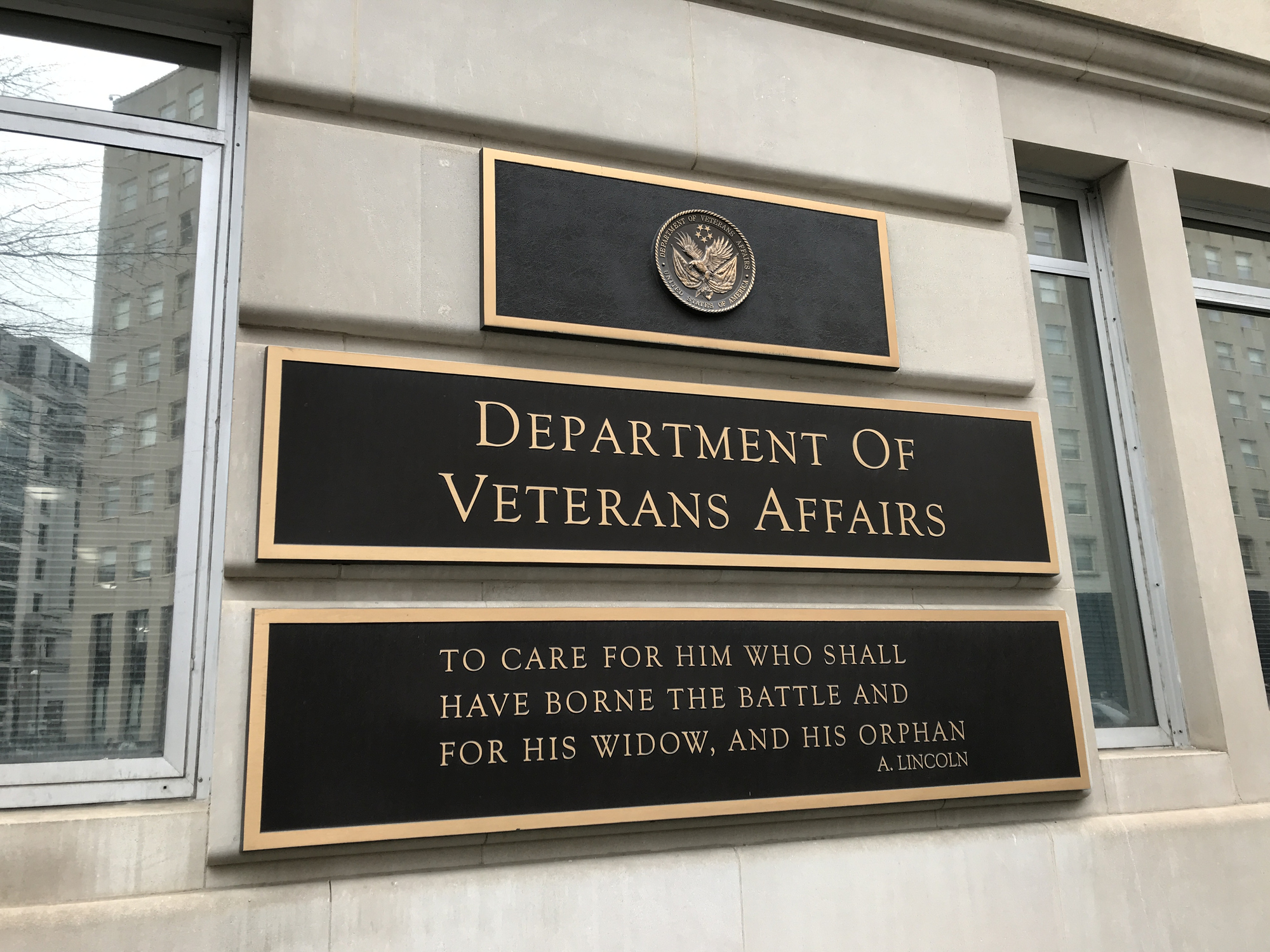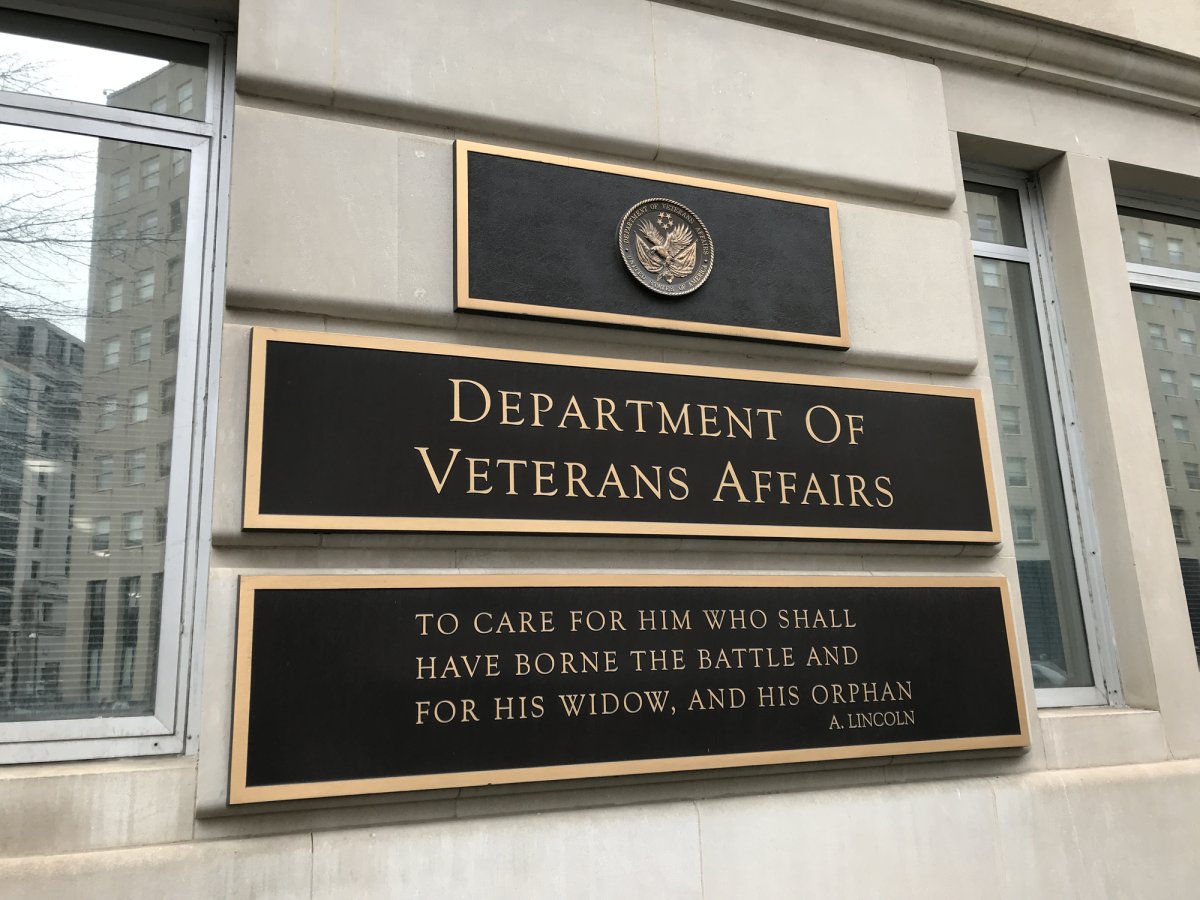
The Department of Veterans Affairs (VA) has announced that it will reduce its staff by nearly 30,000 employees by the end of fiscal 2025.
The VA has already made headway on reducing its workforce from approximately 484,000 employees on January 1, 2025, to an expected 467,000 by June 1, with an additional reduction forecast of about 12,000 by September 30, the federal agency said in a press release issued on July 7.
Why It Matters
The cuts come after months of speculation and criticism surrounding initial plans proposed by President Donald Trump‘s Department of Government Efficiency (DOGE) to impose even deeper cuts at the agency.
The proposed downsizing has been met with significant opposition from Veterans’ organizations, union leaders, and some members of Congress, who have voiced concern over potential disruptions to care and benefits for the nearly nine million Veterans that are served by the VA Health Care System. There were a number of protests by Veterans groups earlier this year against the cuts.
Newsweek has reached out to Veterans Affairs for comment.

GETTY
What To Know
The number of job cuts at the VA is projected to be significantly less than the original target of 80,000. The revised figure represents a reduction of less than 7 percent of the VA’s total staff.
On Monday, VA press secretary Peter Kasperowicz told CNN the target is no longer 80,000, and that the “VA is not planning to make any other major changes to staffing levels beyond those outlined in the release.”
The department is employing several strategies to reach the new target. Departures are being managed through a government-wide hiring freeze, voluntary early retirement authority (VERA), a deferred resignation program (DRP), and natural attrition.
Over 350,000 mission-critical positions are exempt from the federal hiring freeze and all essential roles are protected from DRP and VERA exits, according to the release.
The VA said service levels for Veterans will not be negatively affected, and cited improvements in processing times and modernization efforts as arguments that care and benefits delivery will not suffer due to the reduction. According to VA data, the disability claims backlog has dropped by nearly 30 percent in recent months, and the agency is processing record numbers of claims.
VA Secretary Doug Collins said the department is now “headed in the right direction—both in terms of staff levels and customer service.”
What People Are Saying
VA Secretary Doug Collins said in a statement: “Since March, we’ve been conducting a holistic review of the department centered on reducing bureaucracy and improving services to Veterans… Our review has resulted in a host of new ideas for better serving Veterans that we will continue to pursue.”
Jose Vasquez, executive director of Common Defense, a grassroots organization that advocates for Veterans, said in a statement: “While 30,000 jobs is a reduction from the Trump Administration’s original plans to reduce the VA’s workforce by 15 percent, it is still 30,000 jobs too many at an agency that has been historically understaffed and undervalued by presidents across parties. Cuts to 30,000 jobs means more Veterans like me, who rely on the VA to get lifesaving medical care, won’t be able to receive it.”
What Happens Next
The VA expects the downsizing process to be complete by the end of fiscal 2025.




